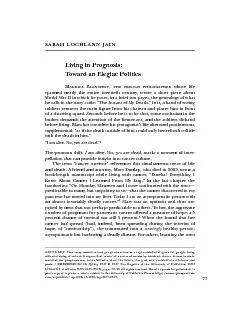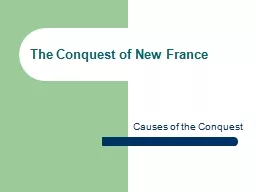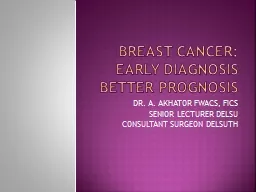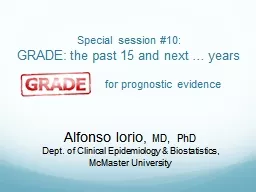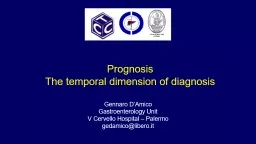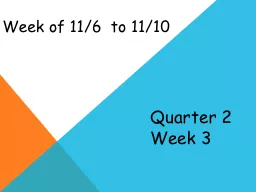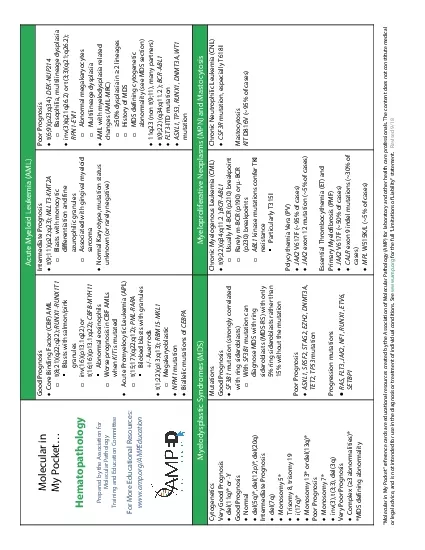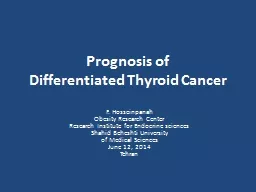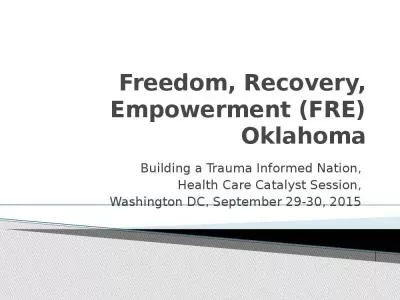PDF-Living in Prognosis:Toward an Elegiac Politicsaurice Blanchot, the fre
Author : calandra-battersby | Published Date : 2015-09-30
This essay examines how prognosis serves as a representational space for people livingwith and dying of cancer It argues that as one of a series of means by which
Presentation Embed Code
Download Presentation
Download Presentation The PPT/PDF document "Living in Prognosis:Toward an Elegiac Po..." is the property of its rightful owner. Permission is granted to download and print the materials on this website for personal, non-commercial use only, and to display it on your personal computer provided you do not modify the materials and that you retain all copyright notices contained in the materials. By downloading content from our website, you accept the terms of this agreement.
Living in Prognosis:Toward an Elegiac Politicsaurice Blanchot, the fre: Transcript
Download Rules Of Document
"Living in Prognosis:Toward an Elegiac Politicsaurice Blanchot, the fre"The content belongs to its owner. You may download and print it for personal use, without modification, and keep all copyright notices. By downloading, you agree to these terms.
Related Documents

